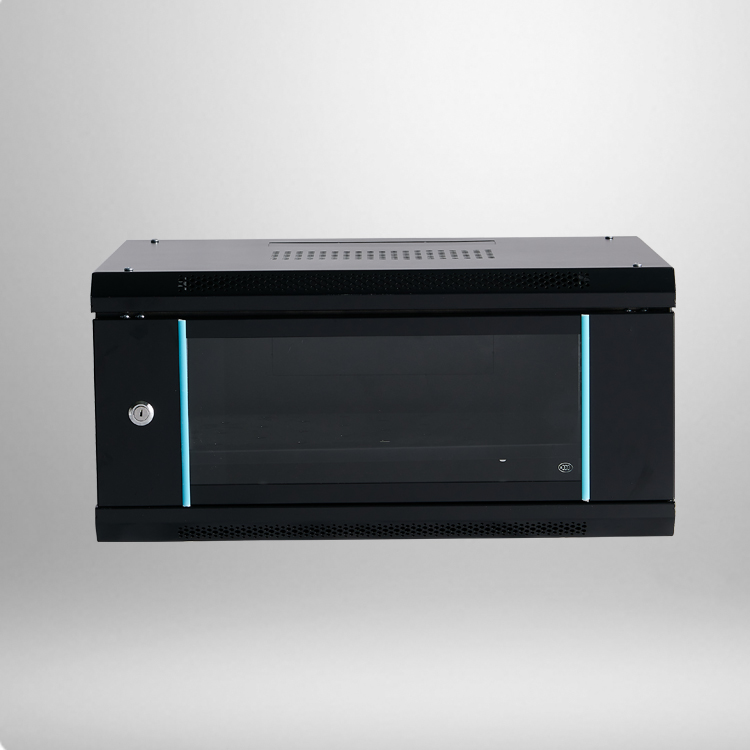
A battery cabinet plays a crucial role in enhancing energy efficiency through various mechanisms and functions. In this article, we will explore the different ways a battery cabinet enhances energy efficiency.
- Energy Storage: One of the primary functions of a battery cabinet is to store energy. It allows excess electricity generated during off-peak hours or times of low demand to be stored for later use. This helps in balancing the supply and demand of electricity. By storing energy, battery cabinets reduce the need for peak power plants, which are often less efficient and more costly. This energy storage capability enhances energy efficiency by efficiently utilizing electricity and reducing waste.
- Load Shifting: The battery cabinet enables load shifting, which helps in optimizing energy usage. Load shifting involves using stored electricity during times of high demand or peak hours, where the cost of electricity may be higher. By shifting the load to off-peak hours using stored energy, energy efficiency can be improved by reducing the reliance on high-cost electricity. Load shifting also helps in reducing strain on the grid during peak periods, resulting in overall energy conservation.
- Demand Response: Battery cabinets can participate in demand response programs, where they are connected to the grid and actively respond to signals requesting a reduction in energy consumption during times of high demand. During peak periods, the battery cabinet can discharge stored energy, reducing the need for electricity from the grid. This function helps in stabilizing the grid by reducing strain and minimizing the use of expensive and less efficient peak power plants.
- Renewable Integration: Battery cabinets play a vital role in integrating renewable energy sources into the grid. Renewable energy sources like solar and wind are intermittent in nature, and their generation cannot be controlled as easily as traditional power plants. Battery cabinets can store excess energy generated from renewable sources and release it when demand is high or during periods of low renewable energy generation. This integration of renewable energy into the grid helps maximize the utilization of clean and sustainable energy sources, enhancing overall energy efficiency.
- Grid Stability: Battery cabinets contribute to grid stability by providing grid services such as frequency regulation and voltage support. They can quickly respond to fluctuations in the grid and inject or absorb power to maintain a stable electricity supply. By providing these services, battery cabinets help in improving the overall efficiency of the grid and reducing electricity waste.
- Microgrid Support: Battery cabinets can support the operation of microgrids, which are smaller-scale independent energy systems. Microgrids are usually connected to the main grid but can operate independently in case of grid outages. By integrating battery cabinets into microgrids, energy efficiency can be enhanced by storing excess energy for use during downtime or emergencies. Battery cabinets in microgrids help in maintaining a stable and reliable energy supply, reducing the need for diesel generators or other less efficient backup power sources.
- Energy Management: Battery cabinets can be integrated into energy management systems, allowing for intelligent control and optimization of energy usage. By analyzing energy consumption patterns and grid conditions, these systems can automatically determine the most optimal times to charge or discharge the battery cabinet. By efficiently managing energy usage and leveraging stored energy during peak demand periods, overall energy efficiency can be significantly improved.
A battery cabinet enhances energy efficiency by storing excess electricity, enabling load shifting and demand response, integrating renewable energy sources, stabilizing the grid, supporting microgrids, and offering advanced energy management capabilities. By utilizing these functions, battery cabinets are instrumental in reducing waste, maximizing the utilization of clean energy sources, and improving overall energy efficiency.


